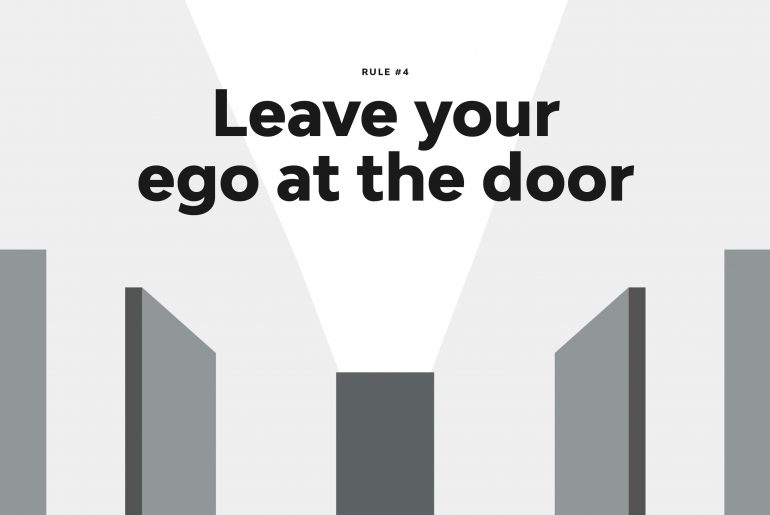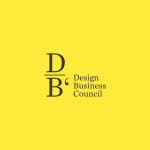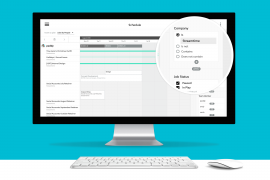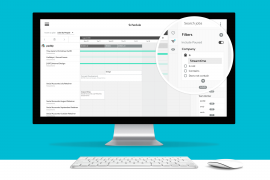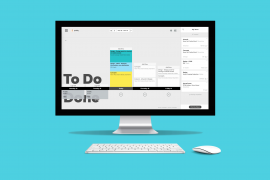Christian and I have been doing this design thing for a while. We’ve worked at agencies and studios big and small — brand, digital, creative, environmental, campaign. And trust us, we’ve come across some big egos.
We’ve heard lofty, vague feedback based on one person’s gut feel.
I’m sure you’ve all been in places where someone’s word is king. It’s this way because “it just is”. It’s not right yet because, “It’s not really working for me.”
And that kind of snobby point of view where designers look down on the client, without respect for their ideas—even though they’re the ones running the businesses we’re designing for.
He’s a disclaimer though. We’re not saying that taking on feedback isn’t worthwhile—we’re all learning.
But one thing we’ve realised is that when it comes to designing products in a user centric way, you need to leave your ego at the door.
Go beyond individual ownership and misplaced pride
To build a successful product, we need to get beyond individual ownership and misplaced pride.
Because the thing is, a product’s success isn’t defined by our gut, or intuition. It’s defined by how well people use it and how much better it’s making their lives.
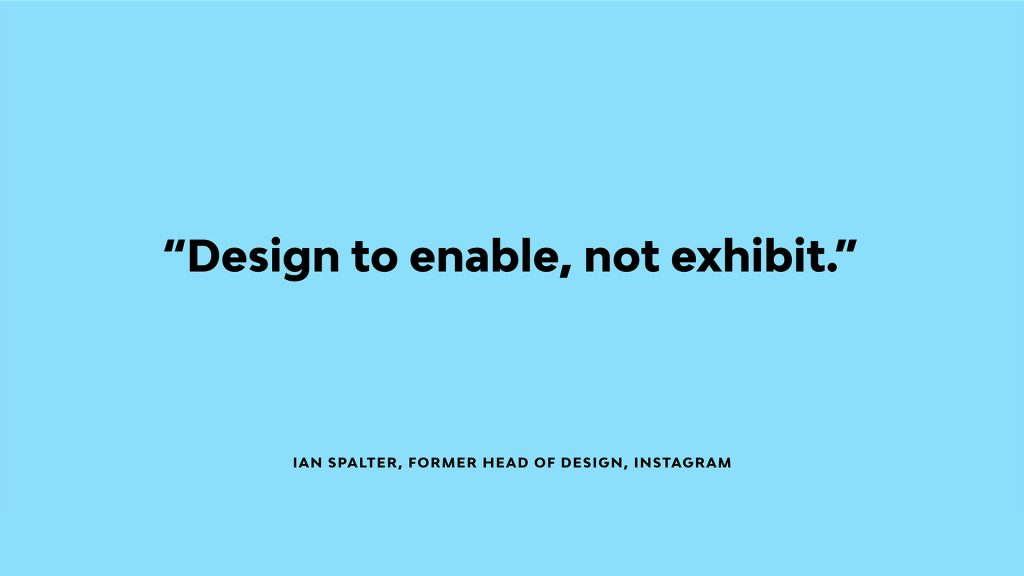
Ian Spalter, former Head of Design at Instagram sums it up perfectly when he says, “Design to enable, not exhibit.”
Move from option to data
Our practice has moved from being based on opinion, to being based on data. That’s not to say we don’t look for creative solutions, we’re just focused on its measurable outcome for the user, not our set perspective on the world.
Design is now much more collaborative. We work with an array of disciplines: from data science, to customer success, to engineering, and UX research in order to design.
As a team we have a unified goal and transparency in communication. Everyone has a perspective that informs what we do and how we do it.
Collaborate with diverse skill sets
Building a product isn’t about one person dictating to others about what to do. We work off the premise that good ideas can come from anywhere.
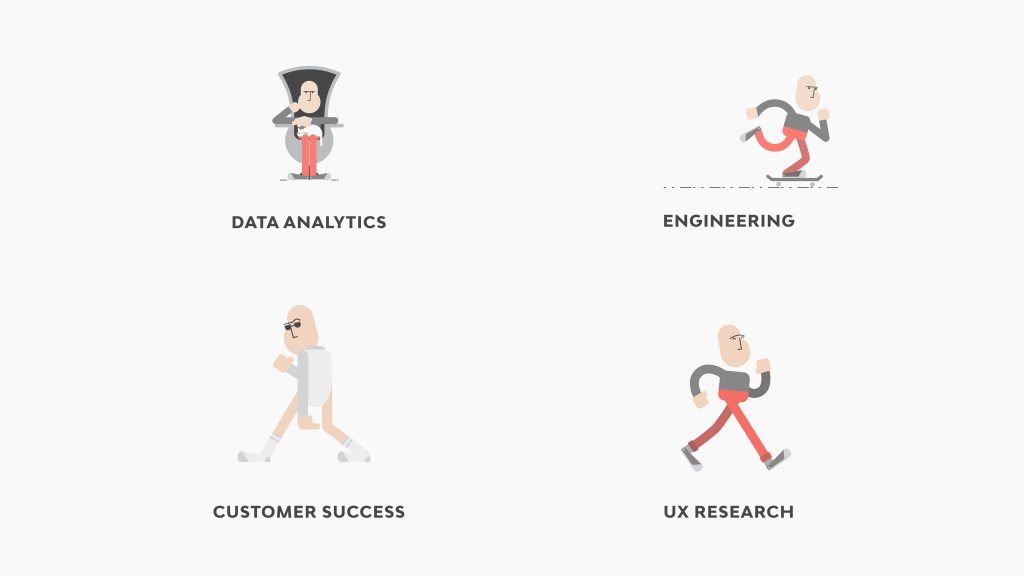
We throw around ideas with our engineering team, who look at things from a different lens. And we hear what people are saying to our CS team. What they love, and where they’re hitting roadblocks.
We still have areas of expertise, and decision makers. But we’re driven by one purpose.
It’s no longer about one person at the top of the chain taking credit. It’s about openness, inclusiveness, and collaboration.
We’ll conduct sessions with the whole team mapping out user journeys and design reviews.
And finally we’re not precious with our design work. We share early, and we share often. And we co-design — I’ll jump off something, and Christian will jump on.
Because at the end of the day, we’re all working towards the same unifying purpose.


